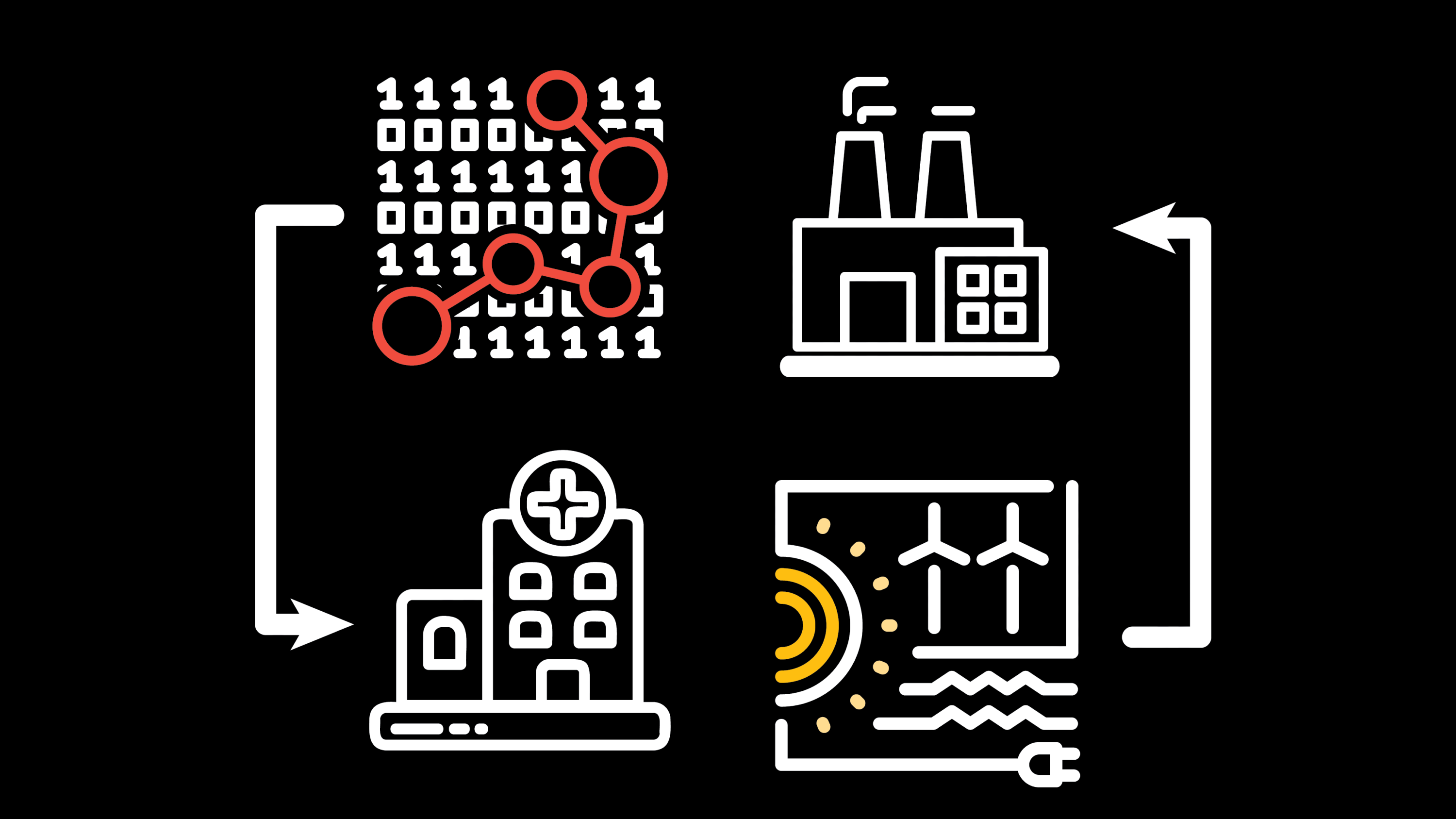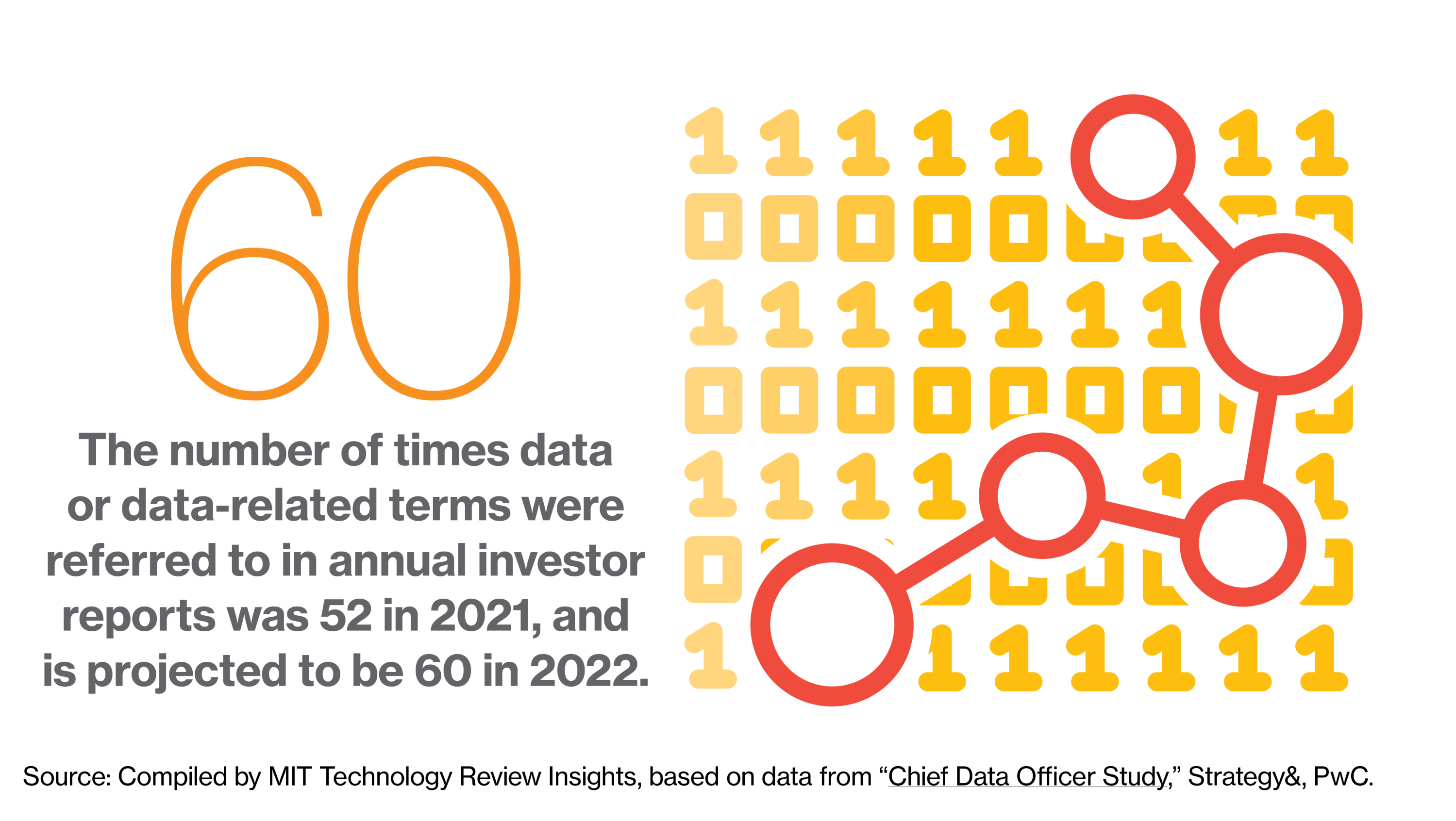Sponsored
Delivering insights at scale by modernizing data
Breaking down data silos can lead to real-time decision-making, enhanced customer experiences, and innovation.
In association withPwC
Greater speed and agility are helping organizations address an increasingly competitive marketplace, heightened customer expectations, and the lingering impact of the pandemic. To compete more effectively, companies are gathering and analyzing increasingly large and disparate sets of data. But only with cloud solutions, like Microsoft Azure, can this data provide insight into every corner of the enterprise, from maintenance of the factory floor to boosting customer loyalty.

Delivering insights at scale by modernizing data
However, companies that continue to rely on legacy systems and fragmented IT environments to gather and store data will fall behind faster. The problem, says Lindsey Allen, general manager of Azure Databricks & Applied AI at Microsoft, is that “organizations need to be able to access their data in a reasonable amount of time to support business decision-making.” Accessing and analyzing this data across the enterprise at speed and scale is difficult to impossible with siloed data.
This data is often siloed in enterprise resource planning (ERP) systems. However, with ERP data modernization, businesses can integrate data from multiple sources, which will ensure data accessibility and create the framework for digital transformation. Migrating legacy databases to the cloud also gives companies access to AI and ML capabilities that can reinvent their organization. According to Anil Nagaraj, principal in Analytic Insights, Cloud & Digital at PwC, companies that modernize their ERP data see increased efficiencies, costs savings, and greater customer engagement, especially when it’s built on a cloud platform like Microsoft Azure.

Cloud transformation—along with ERP data modernization—democratizes data, empowering employees to make decisions that directly impact their segment of business. And in an increasingly competitive marketplace, becoming data-driven means organizations can make faster, timelier, and smarter decisions.
This content was produced by Insights, the custom content arm of MIT Technology Review. It was not written by MIT Technology Review’s editorial staff.
Deep Dive
Computing
Inside the hunt for new physics at the world’s largest particle collider
The Large Hadron Collider hasn’t seen any new particles since the discovery of the Higgs boson in 2012. Here’s what researchers are trying to do about it.
How ASML took over the chipmaking chessboard
MIT Technology Review sat down with outgoing CTO Martin van den Brink to talk about the company’s rise to dominance and the life and death of Moore’s Law.
How Wi-Fi sensing became usable tech
After a decade of obscurity, the technology is being used to track people’s movements.
Algorithms are everywhere
Three new books warn against turning into the person the algorithm thinks you are.
Stay connected
Get the latest updates from
MIT Technology Review
Discover special offers, top stories, upcoming events, and more.